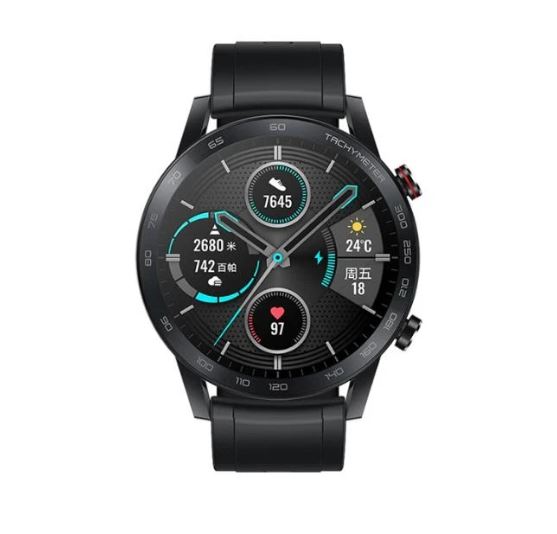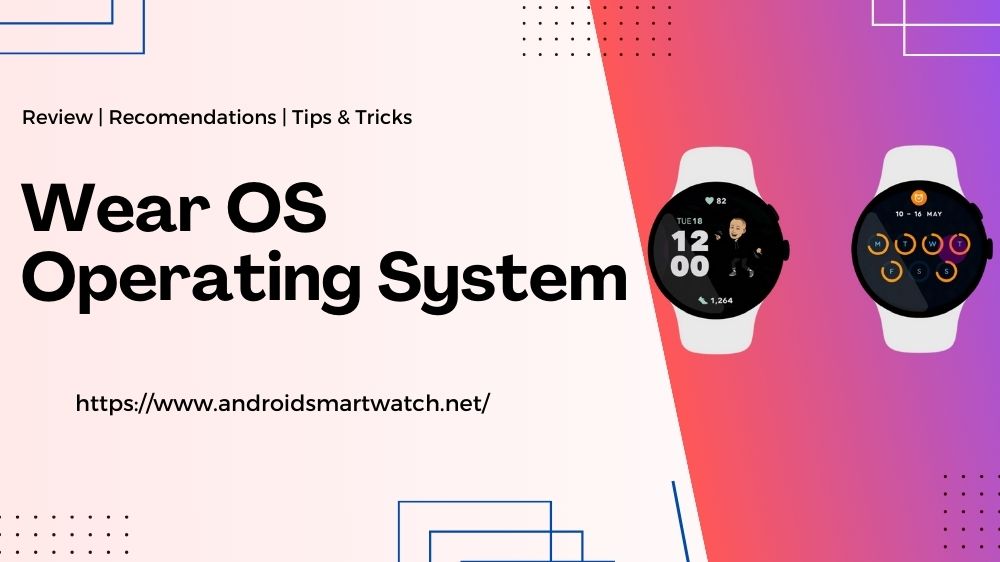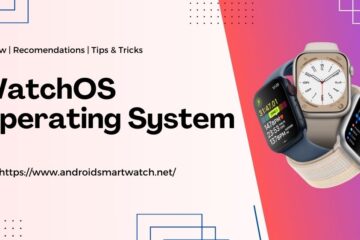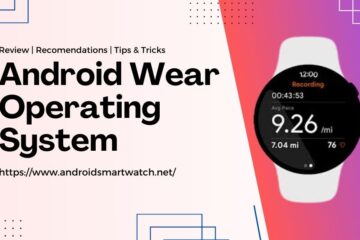Last Updated on April 15, 2024 by Oliver
Wear OS, originally called Android Wear, is like a tiny computer that lives on your wrist. Developed by Google, it powers smartwatches and helps them do amazing things, like tracking your fitness, showing messages, and even making payments. Let’s dive into the story of Wear OS, discover its cool features, and look at its advantages and disadvantages.
The Journey of Wear OS
Wear OS, formerly known as Android Wear, is Google’s operating system designed specifically for smartwatches and other wearables. It represents Google’s entry into the rapidly evolving wearable technology market, aiming to extend Android’s capabilities from smartphones and tablets to a new category of devices. Here’s a detailed look at the journey of Wear OS, from its inception to its current state.
1. Launch and Early Days (2014)
Wear OS began its journey as Android Wear in 2014. Google launched this new platform with the intent of cornering the burgeoning smartwatch market, which at the time was just beginning to gain significant interest. The initial version of Android Wear was designed to provide notifications, Google Now integration, and voice-activated functionalities, leveraging the vast capabilities of Android smartphones to enhance the utility of wearable devices.
Key Launch Devices:
- The LG G Watch and Samsung Gear Live were some of the first devices launched with Android Wear. These devices showcased the potential of what smartwatches could do, including delivering notifications directly to the user’s wrist and tracking fitness activities.
2. Evolution and Expansion (2015-2017)
Over the next few years, Android Wear saw several updates that expanded its capabilities. Notably, Google focused on improving the user interface, enhancing the fitness tracking capabilities, and integrating more apps into the ecosystem. The platform also saw increased adoption by various manufacturers, including Motorola with its Moto 360, which became one of the iconic faces of Android Wear.
Key Developments:
- Introduction of always-on apps, allowing users to keep apps open even when the watch was not in active use.
- Enhanced support for Wi-Fi, which allowed the watch to receive notifications and use apps even when not connected to a smartphone via Bluetooth.
- Google Fit integration was enhanced, improving the platform’s utility for health and fitness tracking.
3. Rebranding to Wear OS (2018)
In 2018, Google rebranded Android Wear to Wear OS by Google. This change was more than just cosmetic; it represented a shift in Google’s strategy to make the platform more inclusive and appealing to users across both Android and iOS devices, emphasizing its compatibility with iPhones.
Rebranding Goals:
- Broaden the appeal and user base of the platform beyond just Android users.
- Refine the user interface to make it more intuitive and user-friendly.
4. Partnership with Fashion Brands
Following the rebranding, Google sought partnerships with various fashion and traditional watch brands to expand Wear OS’s market penetration. Brands like Fossil, TAG Heuer, and Michael Kors released Wear OS-powered smartwatches, which combined traditional aesthetics with modern smartwatch functionality.
Fashion Integration:
- These collaborations aimed to attract users interested in fashionable accessories that also offered smart technology features.
5. Revitalization and Challenges (2019-Present)
Despite its advancements, Wear OS struggled to compete with rivals like Apple’s watchOS and Samsung’s Tizen-based watches. Issues such as battery life, app ecosystem, and overall performance were areas where users felt Wear OS lagged behind its competitors.
Recent Developments:
- In a significant move, Google announced a partnership with Samsung at Google I/O 2021 to revitalize Wear OS. This collaboration aims to merge Tizen into Wear OS, promising to improve performance, increase the number of available apps, and enhance battery efficiency.
- Introduction of new health and fitness features, better integration with other Google services like Google Assistant and Google Maps, and more personalized watch faces.
What Does Wear OS Do?
Wear OS turns a regular watch into something like a magic assistant on your wrist.
Here are some of the neat tricks it can do:
- Notifications: It shows you who’s calling or texting and lets you read messages without needing to pull out your phone.
- Fitness Tracking: It can count your steps, measure how far you’ve run, and even keep an eye on your heart rate while you exercise.
- Voice Commands: You can ask your watch questions or tell it to do things for you, like setting a timer or sending a text, all without using your hands.
- Google Pay: With some watches, you can pay for things in stores just by tapping your watch on a payment machine.
- Custom Faces: You can change the look of your watch face to match your style or mood, from classic looks to fun animations.
The Bright Sides of Wear OS
Wear OS has a lot going for it that makes it a great choice for a smartwatch:
Advantages:
- Lots of Choices: There are many different Wear OS watches to choose from, so you can find one that fits your style and budget.
- Works with Android and iPhones: You can use a Wear OS watch with both Android phones and iPhones, which is pretty handy.
- Customizable: You can change the watch face and download lots of apps to make your watch do exactly what you want it to.
- Always Getting Better: Google keeps updating Wear OS, adding new features and making it work smoother.
The Challenges of Wear OS
Even though Wear OS is pretty cool, there are a few things that could be better:
Disadvantages:
- Battery Life: Some Wear OS watches need to be charged every day, which can be a bit of a hassle.
- Performance: Depending on the watch, sometimes it might be slow or laggy when you’re trying to use it.
- Compatibility Issues: While it works with both Android and iPhones, some features work best or only with Android phones.
Wear OS in Everyday Life
People use Wear OS for all kinds of things:
- Keeping track of notifications without having to always check their phone.
- Using Google Pay to buy things quickly and easily.
- Tracking workouts and seeing how active they’ve been.
- Setting reminders or checking the weather with just their voice.
Conclusion
Wear OS by Google has transformed how we think about watches, turning them into smart devices that can do almost anything a phone can do, right from our wrists. While it’s not perfect, with challenges like battery life and performance, its benefits like a wide range of watch options, compatibility with both Android and iPhones, and the ability to customize make it a compelling choice for those diving into the world of smartwatches. As Wear OS continues to grow and improve, it’s exciting to see what new features and capabilities will be added, making our smartwatches even smarter. Whether you’re a fitness enthusiast, a tech lover, or just someone who loves gadgets, Wear OS has something to offer everyone.



